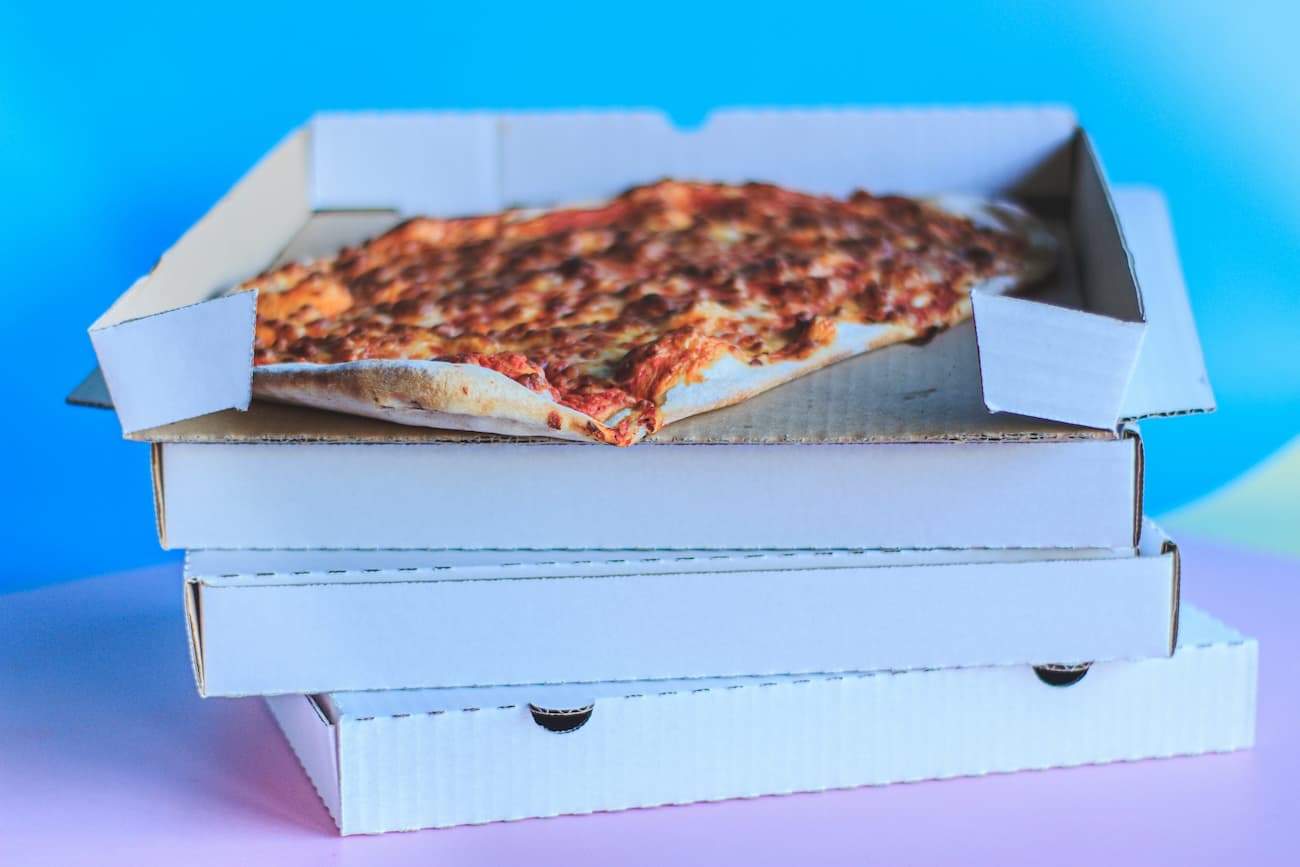The Humble Beginnings: Before the Box
Before the invention of the pizza box, pizza delivery was a messy affair. In the early days of pizza in America, pizzerias would wrap hot pizzas in simple wax paper or newspaper, which did little to keep the pizza warm or prevent grease from soaking through. Some establishments used metal tins or pans that customers would return later, but this was impractical for delivery services.
The first pizzas arrived in the United States with Italian immigrants in the late 19th century, but it wasn't until the post-World War II era that pizza delivery became a widespread phenomenon. As pizza gained popularity across America, the need for proper packaging became increasingly apparent.
Ancient Roots of Takeaway
Long before delivery, Neapolitan street vendors sold pizza folded a libretto ("like a little book") and wrapped it in paper so customers could eat on the go. The urge to keep pizza portable predates the box itself—the box simply caught up with a growing culture of convenience.
The Birth of the Pizza Box
The modern pizza box as we know it was invented in the 1960s, though the exact origin is somewhat disputed. The most widely accepted story credits major delivery pioneers with popularizing the corrugated cardboard pizza box. However, the concept of using corrugated cardboard for food packaging had been around since the early 20th century.
The breakthrough came when someone realized that corrugated cardboard could be folded into a simple, sturdy container that could hold a pizza while keeping it relatively warm and preventing grease from leaking. The design was simple but effective: a square box with flaps that could be folded down to create a lid.
Why a Square Box for a Round Pizza?
Square boxes are easier and cheaper to mass‑produce, ship, and stack. They nest flat, assemble quickly, and create stable stacks for drivers. Round boxes have appeared in experimental runs, but the square form remains the cost-and-logistics champion.
Key Innovations in Pizza Box Design
- Ventilation: Small holes or venting tabs let steam escape, preventing soggy crusts while maintaining heat. Venting also helps prevent box collapse in tall stacks.
- Grease Resistance: Early boxes quickly became saturated with grease. Coatings and absorbent inserts helped maintain structural integrity and keep the exterior clean.
- Center Support (“Pizza Saver”): The little tripod—often plastic, sometimes cardboard—keeps the lid from sticking to molten cheese and preserves the pizza’s surface during transport.

